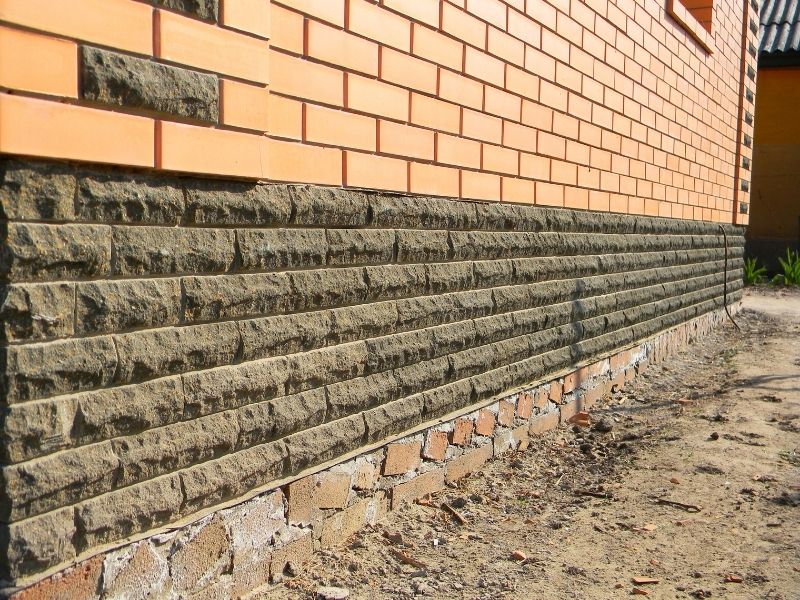Foundation movement is a nightmare for the homeowners as it brings considerable damage to the house’s structure. Of course, the thought of the expense of the repair or not knowing if your insurance covers it is stressful. However, fortunately, you may repair your foundation movement without starting from scratch.
Many case studies show that fixing foundation draianage problems fixes most of the foundation movement in your house. Here are some points to help you recognize a foundation movement and how to resolve it.
Foundation Movement • What You Need to Know

⎆ Signs of Foundation Problems.
Most of the time, homeowners don’t know there’s a foundational movement until the problems become more visible. So, here are some signs that you can check to know for certain.
- Gaps in your foundation, cracks in the floor or wall, or any other breakage
- Foundation or structure of the house sinking or falling
- Foundation upheaval caused by the expansion and contraction of the soil due to moisture
- Gaps in the doors, and they are not opening and closing correctly
- Gaps around exterior doors and window frames
- Dipping, bowing, or sagging floors; uneven flooring
- Heavy moisture in the crawl space of beam and pier;
- Counters and cabinets are falling from the walls.
- Warped floors and ceilings
- Mold growth in walls and ceiling
- A damp smell in your house
Most of these problems arise from the water with no diversion away from your house. In simple words, it indicates a major problem in your house’s drainage system. So, here is a list of things you can do to repair your house’s structural movement.
⎆ What Causes Foundation Movement in Your Home?
When the water is held at the home’s foundation, it can damage the wall interior such as wooden floors or drywall. Additionally, when the water travels under the slab foundation, it can cause structural damage in the long run. So, to prevent this, you need to construct proper slopes around your house to let the water flow away from it.
Grading around the home can create a place for the water to flow. You can also install a sub-surface drainage system for fixing foundation drainage problems.
⎆ How to Distinguish the Two Common Types.
There are two common types of sub-surface drainage systems: surface drain and french drain. When you need to remove both the ground and surface water, you can install a combo drain as well.
- Surface Drain: A surface drainage system catches the water at the low points and transfers it through a solid pipe. The catch drains are typically 9×9 inch or 12×12 inch, consisting of a flexible PVC pipe of 4 inches. The system collects the water from the ground and drains it away. You may also need to install a sump and a pump system.
- French Drain. It is the most commonly used drainage system to channel the groundwater and prevent it from going under your house’s foundation. This system usually comprises a deep trench of approximately 4 feet, a perforated PVC pipe of about 4 inches in length, a permeable wrap for the pipe and gravel.
In conclusion.
Repairing foundational movement is not a DIY job and requires an expert. So, you must call a professional when you see any of the signs above. Also, check your house for foundational movement.
A structural engineer can determine the extent of the damage and tell you if the house is safe to live in. By examining damage and the need for repair, they can suggest immediate solutions. In addition, they can help in fixing foundation drainage problems in your house and give you peace of mind.
If you have any questions or suggestions, we always love to hear from you in the comments below. Also below are links that will take you to more fantastic articles about ALL things DESIGN for your home or business.
Images Courtesy of Canva.
Other Posts You Might Enjoy:
A Beginner’s Guide to Repairing Wood Furniture
Foundation Depth of Skyscrapers Around the World
Keeping Your Home Safe From a Racoon Infestation
Why Every Home and Building Should Have a Back-Up Power Plan





